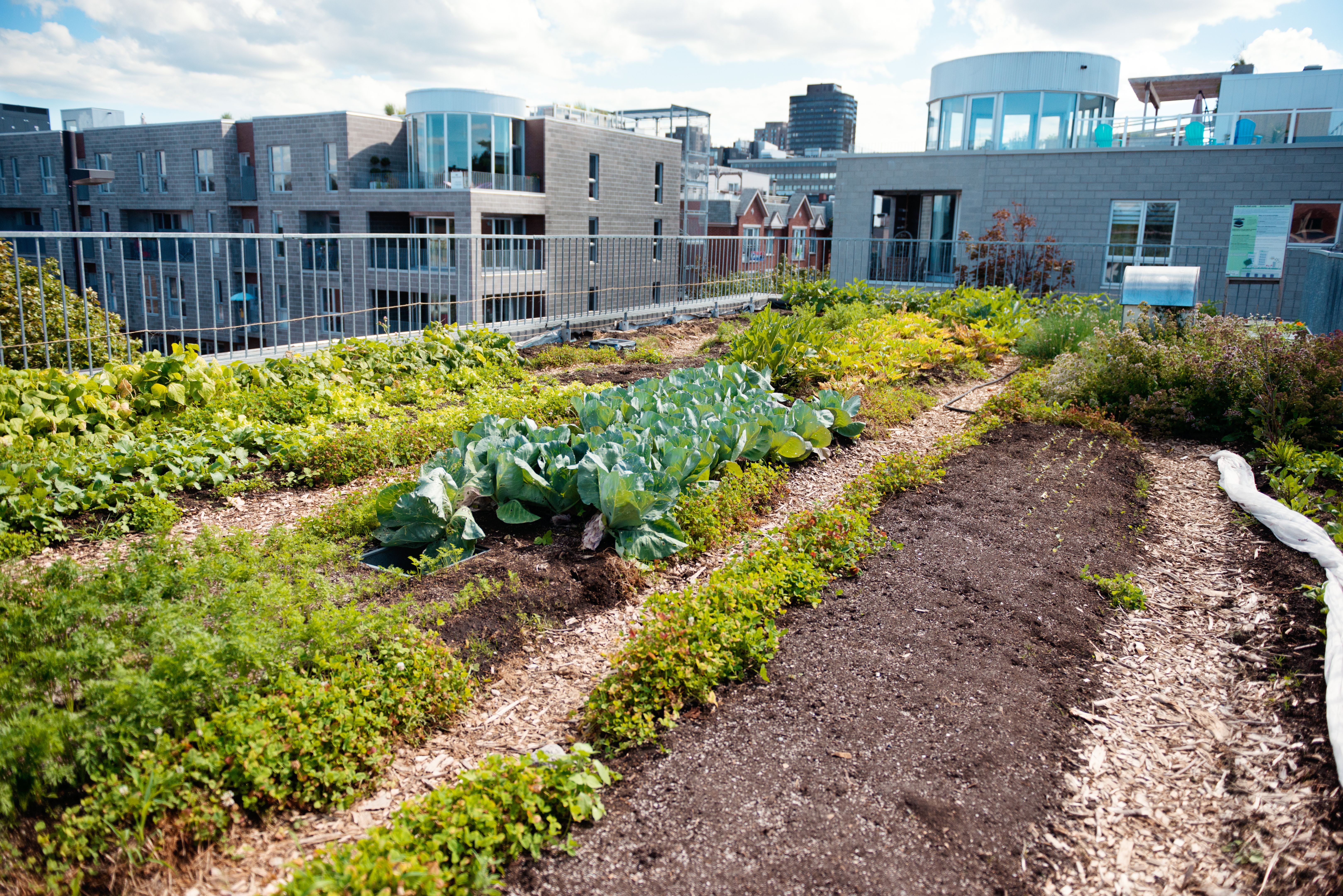The Economics of Food Deserts: Access to Nutritious Food
Understanding Food Deserts
Food deserts are urban or rural areas where access to affordable and nutritious food is limited. These areas are often devoid of grocery stores, farmers' markets, and healthy food providers. Residents in food deserts typically rely on convenience stores and fast-food outlets, which offer limited and often unhealthy food options. This scarcity of nutritious food contributes to dietary issues and health disparities.

The Economic Impact on Communities
The presence of food deserts has significant economic implications for communities. With a lack of competition, prices for available food items can be higher than in areas with more grocery stores. Moreover, the absence of supermarkets means fewer job opportunities for local residents, exacerbating economic challenges in these regions.
Local economies suffer as money spent on food often leaves the community rather than circulating within it. This outflow can hinder economic growth and development, further entrenching the cycle of poverty and limited access to resources.
Health Consequences of Limited Access
Access to nutritious food is crucial for maintaining good health. Food deserts contribute to higher rates of diet-related illnesses such as obesity, diabetes, and heart disease. Without access to fresh fruits, vegetables, and other healthy foods, residents are more likely to consume processed foods high in sugar, salt, and unhealthy fats.
The long-term health consequences for individuals living in food deserts can be severe, leading to increased healthcare costs and reduced quality of life. These health issues not only affect the individuals but also place a burden on healthcare systems and the economy at large.
Addressing Food Deserts
Community Initiatives and Solutions
Efforts to address food deserts often focus on community-based solutions. Initiatives such as urban farming, community gardens, and mobile grocery stores have been implemented in various regions to improve access to nutritious food. These solutions empower residents to take control of their food environment and support local economies by creating jobs and fostering community engagement.

Additionally, partnerships between local governments, businesses, and non-profit organizations can play a crucial role in addressing food deserts. By working together, these stakeholders can develop comprehensive strategies that improve food access and promote economic development.
Policy Changes and Government Support
Government intervention is often necessary to effectively tackle the issue of food deserts. Policies that incentivize grocery stores to open in underserved areas or provide subsidies for healthy food purchases can make a significant difference. Additionally, investment in infrastructure to improve transportation access can help residents reach stores that offer nutritious options.
Ultimately, addressing the economics of food deserts requires a multi-faceted approach that combines community action, policy changes, and collaboration between various stakeholders. By understanding and addressing this complex issue, we can work towards a future where everyone has access to the nutritious food they need for a healthy life.
